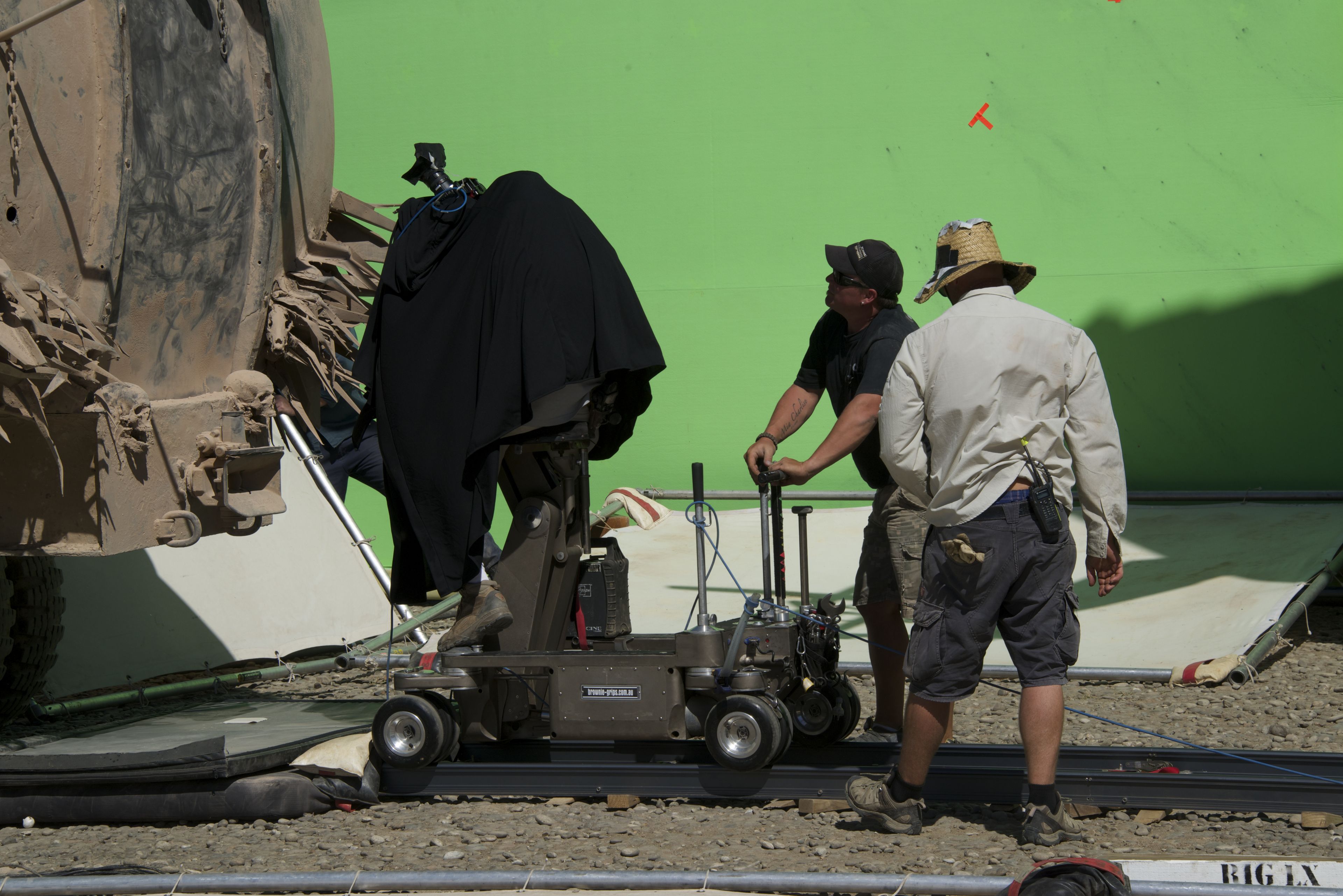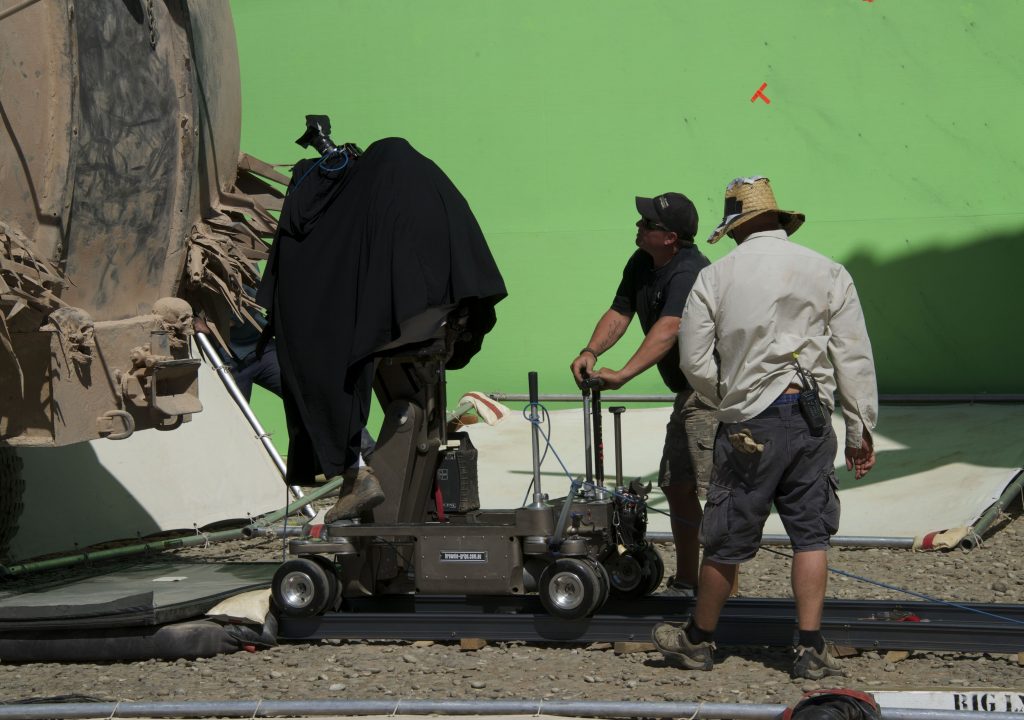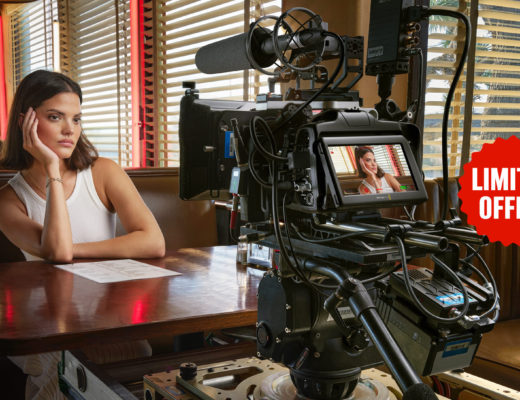Blackmagic cameras and software help some films get a little closer to Oscar Gold. Funny how just ten years ago Red first announced the Red One and kicked off the digital cinema camera revolution. Now a $150,000,000 action film used a $2,000 camera for selected scenes.
The prestige. The glamour. The proof those of us with Blackmagic Cinema Cameras are not using these cameras in nearly the same way as George Miller and John Seale did on “Mad Max: Fury Road.” By now it is no secret “Mad Max: Fury Road” used the Blackmagic Cinema Camera for at least one sequence and as action cameras during the production. Even American Cinematographer took notice in one of their articles on the production for the movie.
 What I love, and this is only my opinion, is the camera sitting in my office and the software on my computer are capable of helping one of the best movies of the year get nominated for an Oscar. There are two lessons to be learned: One, It’s not about the gear, it’s about what you do with the gear. Two your camera should no longer be a limitation to you creating great footage, scenes, and even a story. This knowledge should give you confidence in your next shoot.
What I love, and this is only my opinion, is the camera sitting in my office and the software on my computer are capable of helping one of the best movies of the year get nominated for an Oscar. There are two lessons to be learned: One, It’s not about the gear, it’s about what you do with the gear. Two your camera should no longer be a limitation to you creating great footage, scenes, and even a story. This knowledge should give you confidence in your next shoot. Think back to ten years ago. Early 2006. Digital cinema cameras were a pipe dream. It wasn’t until NAB 2006 that Jim Jannard announced Red would build a 4K digital cinema camera. More than a thousand people put down a deposit and Red got to work making digital cameras. Ten years later I’m writing about a 2.5K Camera one can pick up used for less than $2,000. Hell, after taxes, a new Cinema Camera costs a hair above $2,000. I love progress. 

Yet, this is not the only movie to use Blackmagic gear this year and get nominated for an Oscar.
- “Amy,” graded with DaVinci Resolve Studio by Colorist Paul Ensby of Deluxe’s Company 3;
- “Cartel Land,” graded with DaVinci Resolve Studio by Colorist Seth Ricart of RCO;
- “Mad Max: Fury Road,” select scenes shot with Blackmagic Cinema Cameras by DP John Seale;
- “The Martian,” stereo converted with Fusion Studio by Senior Stereo Supervisor Richard Baker of Prime Focus World;
- “The Martian,” graded with DaVinci Resolve Studio by Colorist Stephen Nakamura of Deluxe’s Company 3;
- “Mustang,” graded with DaVinci Resolve Studio by Colorist Yov Moor;
- “Spotlight,” graded with DaVinci Resolve Studio by Colorist Tom Poole of Deluxe’s Company 3; and
- “What Happened Miss Simone,” graded with DaVinci Resolve Studio by Colorist Yohance Brown at Radical Media’s Outpost Digital.
To learn more about Blackmagic, their cameras, and their software go here:

Filmtools
Filmmakers go-to destination for pre-production, production & post production equipment!
Shop Now













